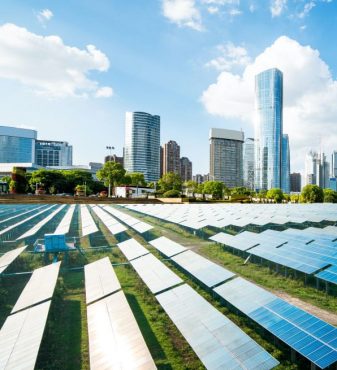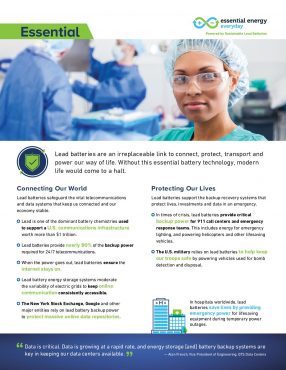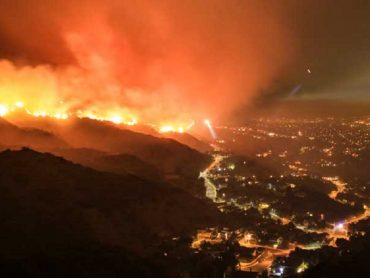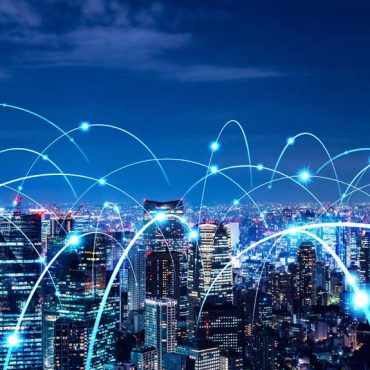
Hurricane Ian is a reminder of how important it is to be prepared for natural disasters. As communities affected by the devastating storm begin recovery, we’re providing a look back on how the lead battery industry has assisted in past disasters. Note: This post was originally published in September 2018.
Massive wildfires. Ferocious hurricanes. Volcanic eruptions. Disasters, both natural and human-made, happen, often without warning. When they do, being prepared can mean the difference between life and death.
September is National Preparedness Month (NPM), an ideal time to share how the sustainable lead battery industry is prepared to assist following natural disasters. Our members collect and recycle damaged lead batteries to: 1) prevent their improper disposal in landfills, and 2) turn them into new batteries. It’s an unparalleled example of a circular economy.
Recovering Burnt Batteries
For example, contractors for the U.S. Environmental Protection Agency (EPA) and the Federal Emergency Management Agency (FEMA) recently turned to Interstate Batteries Recycling (IBR), following devastating fires in California.
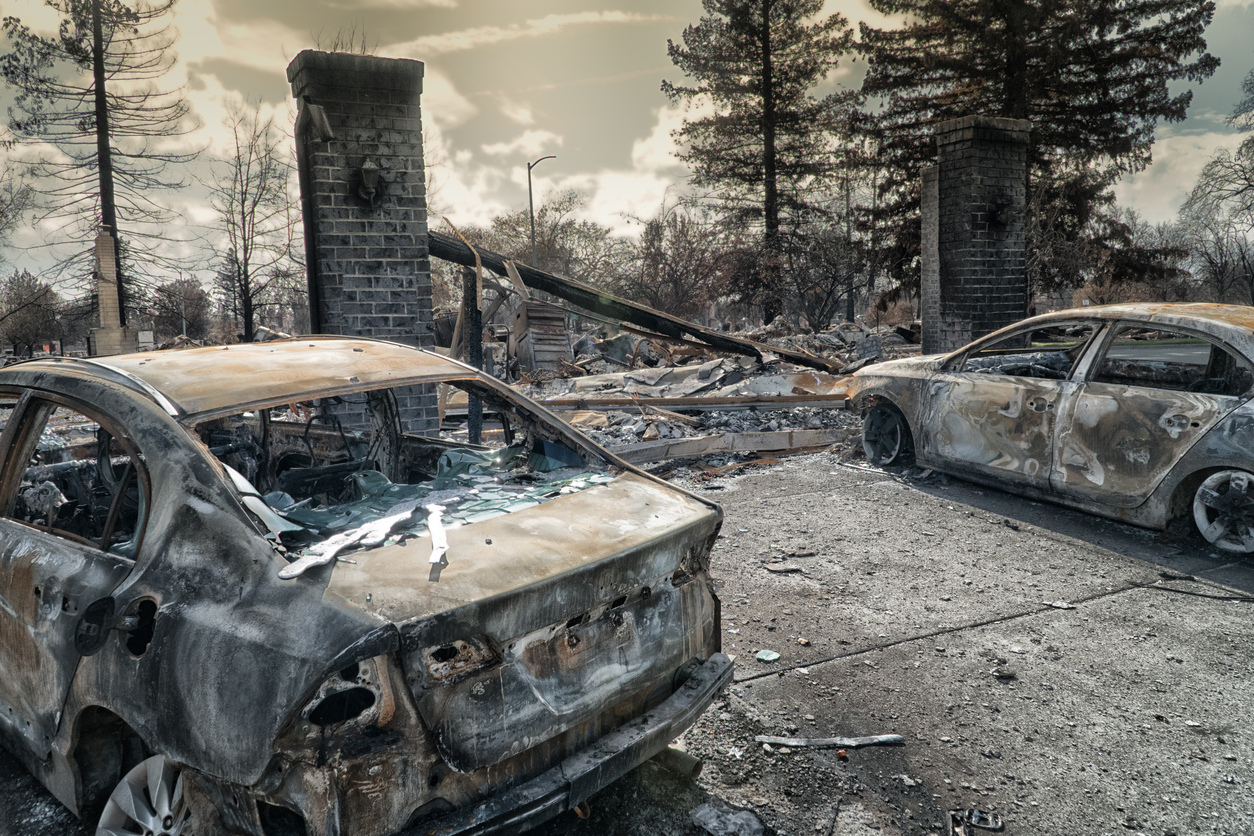
FEMA needed to dispose of more than 45,000 lbs. of batteries from burned cars and trucks in Northern California. The agency contacted IBR, knowing the damaged batteries – considered hazardous waste because of severe fire damage – would be properly handled for disposal. IBR worked with a lead battery recycler who could take the nearly unrecognizable batteries in their burned-out condition and recycle the batteries to make new lead batteries.
Salvaging Swamped Batteries
Following the 2017 destruction of Hurricanes Irma and Maria in the U.S. Virgin Islands, the EPA contacted IBR to recycle more than 100,000 lbs. of batteries recovered from sunken boats and damaged vehicles. IBR worked with Interstate’s Distribution Center in Urbandale, Iowa, and the Global Logistics Team at the Texas home office to coordinate the delivery of packaging material and the ultimate removal and transport of the damaged batteries from the Islands to an approved lead battery recycler in the United States.
A Circular Success
It’s inevitable that fires and flooding will contribute enormous waste to landfills. The lead battery industry is proud to minimize a portion of that waste. Through an established recycling network, our members can return valuable resources to the manufacturing stream to create new batteries and provide a cleaner, greener future.
For more information on National Preparedness Month, visit Ready.Gov.
Special thanks to Interstate Batteries Recycling, for contributing to this post.


